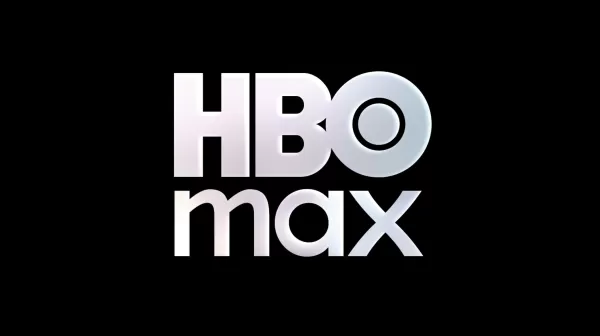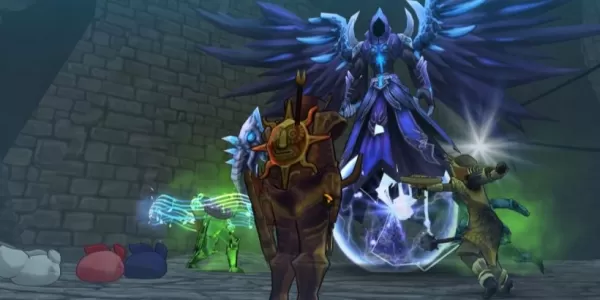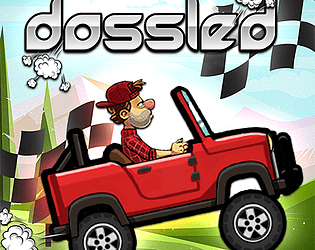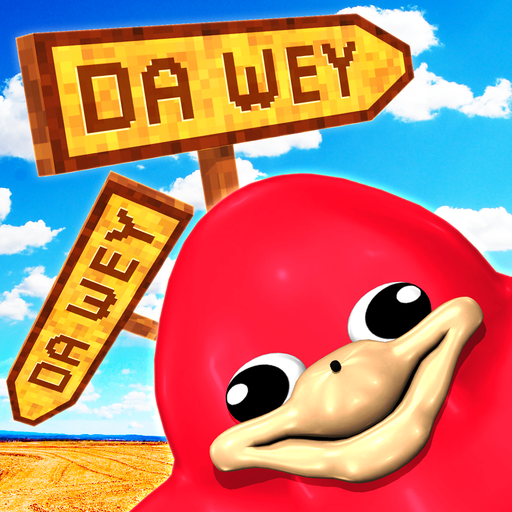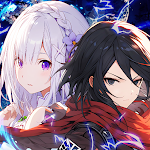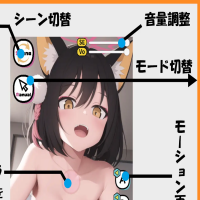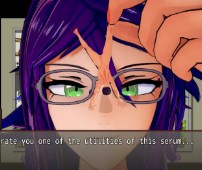After months of intense speculation, rumors, and leaks, Nintendo has finally unveiled the Switch 2 through its own Direct. This event not only showcased trailers for exciting new games like Mario Kart World, Donkey Kong Bonanza, and exclusive Nintendo GameCube titles for Switch 2 Online, but also provided a comprehensive look at the system itself. From an accessibility perspective, I'm thrilled to share that the Switch 2 represents a significant upgrade over its predecessor in nearly every aspect.
Several months ago, I explored my accessibility predictions for Nintendo's latest console. I had hoped for more robust accessibility features, better utilization of Joy-Con controllers, and innovative inclusive design practices. To my delight, Nintendo not only met these expectations but exceeded them with additional enhancements. Let's delve into the confirmed accessibility features of the Switch 2 in this Access Designed overview.
New Accessibility Settings
While the Direct itself didn't delve deeply into tangible accessibility options beyond customizable controls for each virtual GameCube game, Nintendo has since released an accessibility page that outlines a range of returning and new features. The fully customizable controls feature, familiar from the original Switch, returns with the same functionality. Settings to adjust text size to three different variants are back, now with the added ability to implement High Contrast and change general display colors. The Zoom functionality, essential for blind and low vision players, also makes a return.
The most surprising and welcome addition is the new "Screen Reader" setting. This feature is crucial for blind and low vision individuals, as it enables Text-to-Speech navigation through the HOME menu and system settings. Users can choose different voices, adjust read speeds, and set volume levels, enhancing their ability to independently navigate the Switch 2. While we await details on whether individual games will support these tools or offer their own accessibility features, Nintendo's commitment to its disabled audience is a promising sign for the future of accessibility within the company.
Innovative Design
Outside of specific menu settings, Nintendo introduced an inclusive tool within the revamped Nintendo Switch App: Zelda Notes, a companion app for Breath of the Wild and Tears of the Kingdom. The Navigation option within the app allows players to locate shops, areas of interest, and even elusive Koroks using a GPS-like user interface. With audio cues and voices guiding players to their chosen destinations, this feature significantly aids blind and low vision individuals in navigating the game's vast world, reducing cognitive overload.
For cognitive, blind/low vision, and physically disabled players, the Autobuild Sharing tool within the app is a game-changer. By scanning a QR code, users can automatically build Zonai machines if they have the necessary materials. This feature alleviates the challenges I faced with the complex control layout required to build Zonai machinery in Tears of the Kingdom. Now, I only need to focus on gathering materials, not the construction process itself. The inclusive design behind this tool is something I've consistently praised Nintendo for.
Additionally, the Item Sharing feature, similar to Autobuild Sharing, allows disabled individuals to share items by scanning QR codes, reducing the physical strain of searching for weapons and food. While these features don't make Breath of the Wild and Tears of the Kingdom fully accessible, they represent a significant step forward in inclusive gaming.
Wheelchair Sports
The announcement of Drag X Drive, a Rocket League-esque game featuring manual wheelchair basketball, was the biggest surprise. This game not only showcases proper disability representation but also highlights a new hardware feature of the Switch 2: mouse control. By flipping the Joy-Con on its side, players can use it as a mouse on any surface, though we're still awaiting details on the required force and sensitivity. This innovation promises significant accessibility benefits for a wide range of disabled players and adds to the diverse array of controller types already available on the Switch and Switch 2.
As a long-time Nintendo fan, I'm incredibly excited about the Switch 2. Despite the high cost, potentially around $450, my passion for gaming began with Nintendo, and each new system brings exciting accessibility advancements that underscore the company's commitment to inclusive design. While Nintendo has yet to introduce a first-party accessible controller like the Xbox Adaptive Controller or PlayStation Access Controller, it continues to innovate in unique ways. Coupled with Nintendo's recent collaboration with other developers to establish standardized accessibility tags, I'm confident that Nintendo will continue to elevate accessibility in gaming.

